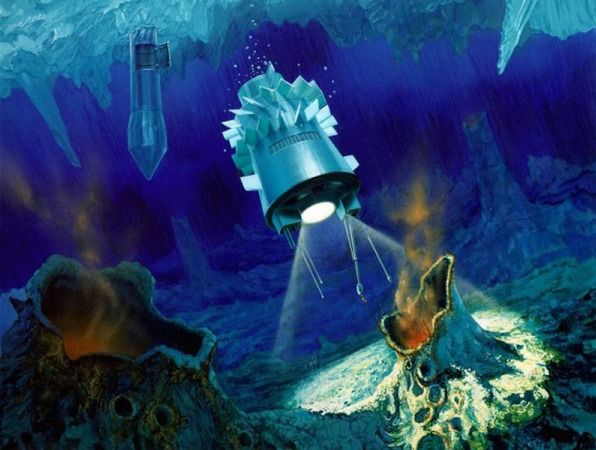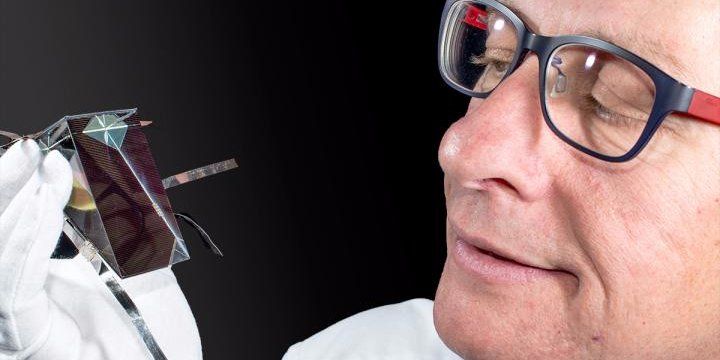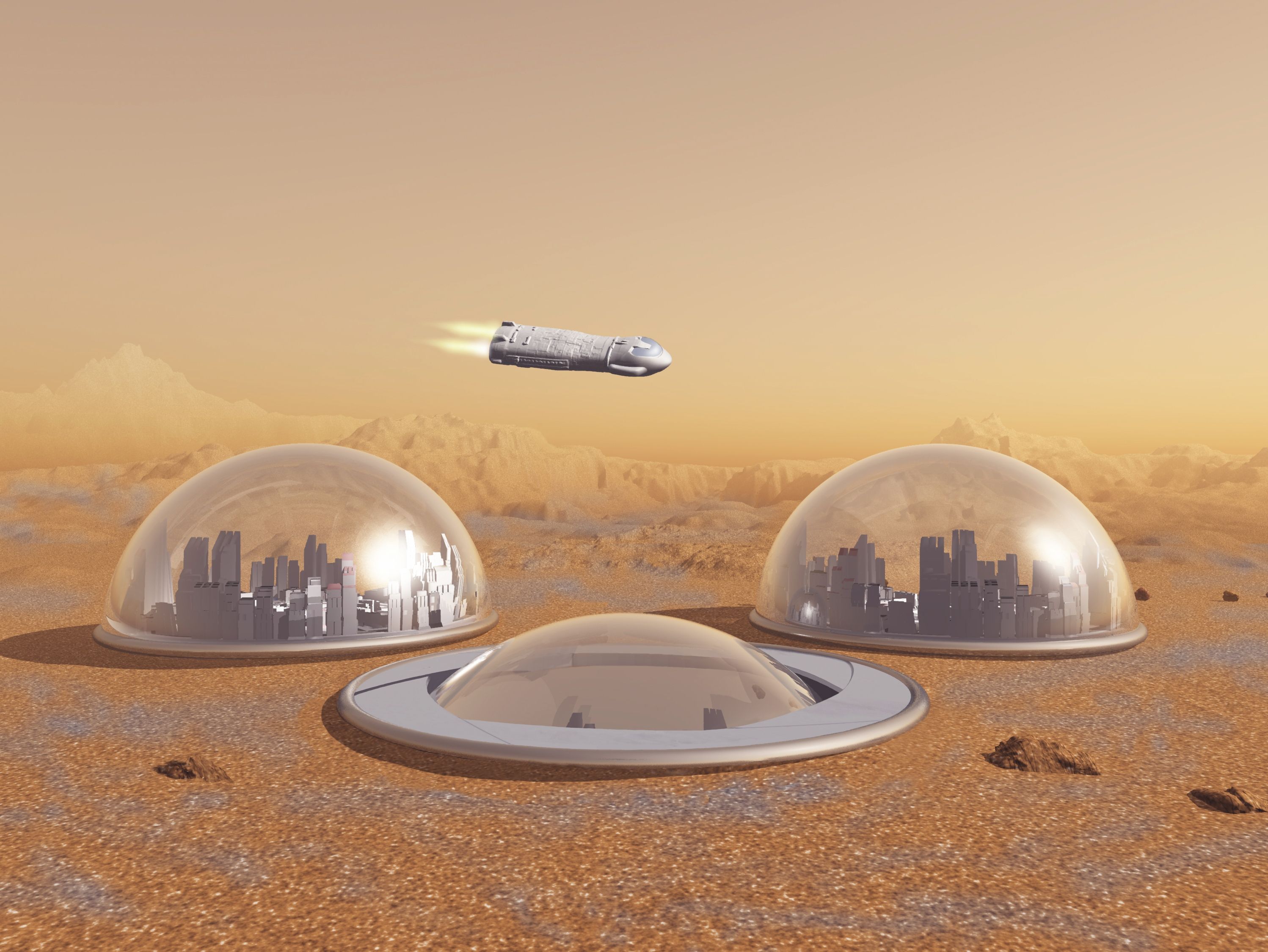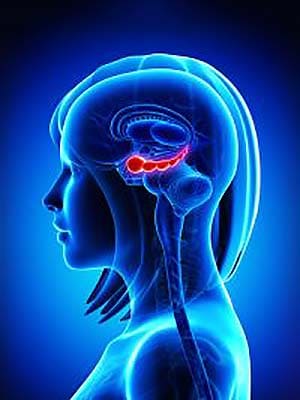A new study released by NASA on Tuesday shows that oceans on Europa, one of Jupiter’s 67 known moons, might have a lot in common with our own oceans, including a chemical balance capable of harboring life.
Scientists have been eyeing the mysterious water world as one of the most promising places to find alien life for a while now, and this study suggests they’re on the right track.
The moon, which is only a quarter the size of Earth, is covered in a thick shell of ice. But there is strong evidence that there could be a salty ocean deep beneath its surface.









